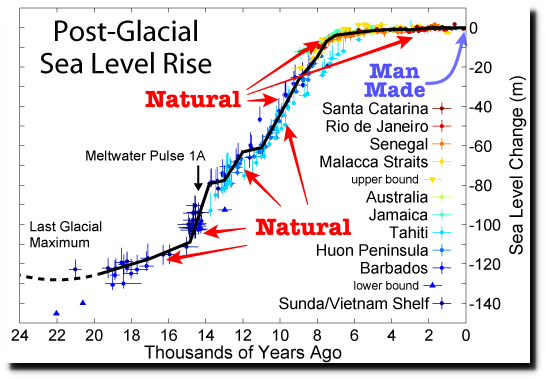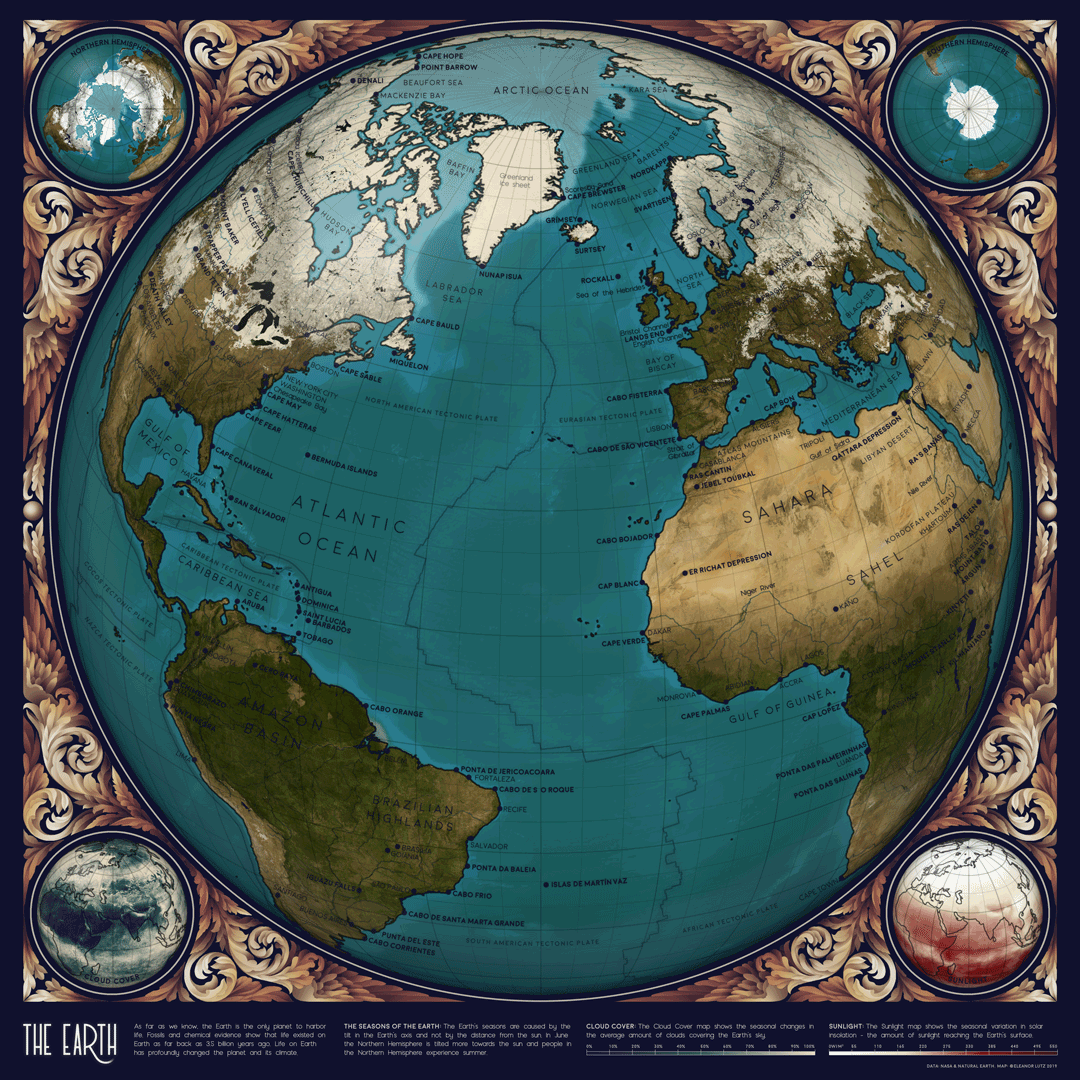The animation shows end of March Arctic ice extents on day 91 over the last 19 years (length of MASIE dataset). Of course central Arctic basins are frozen solid, and the fluctuations are visible on the marginal basins both the Atlantic side (right) and the Pacific (left). Note the higher extents in 2012, followed by lesser ice, now overcome by 2024.
The graph below shows Monthly averages for March since 2007. March is the maximum month in the annual cycle in contrast to September being the minimum Arctic ice extents. Note the low 2007 extents followed by several years over15M km2, then lesser extents 2015 to 2018, and increasing extents up to 2024 nearly averaging 15M for the month.
The graph below shows March daily ice extents for 2024 compared to 18 year averages, and some years of note.
The black line shows during March on average Arctic ice extents nearly reach 15 Wadhams (15M km2) on Day 62, March 2. A slow decline is normal until Day 91, March 31. However, that period in 2024 saw Arctic ice go over 15M on day 68 and remain there until day 79. Afterward both MASIE and SII show above average extents to month end. 2006 was the first year in this dataset and ended March ~800k km2 in deficit to average. 2021 and 2023 were ~200k below average on Day 91 while 2024 ended 266k km2 surplus ice. As usual in transitional months like March and September, SII (Sea Ice Index) shows a similar pattern with generally lower extents.
Why is this important? All the claims of global climate emergency depend on dangerously higher temperatures, lower sea ice, and rising sea levels. The lack of additional warming prior to 2023 El Nino is documented in a post UAH February 2024: SH Saves Global Warming. 
The lack of acceleration in sea levels along coastlines has been discussed also. See USCS Warnings of Coastal Flooding
Also, a longer term perspective is informative:
 The table below shows the distribution of Sea Ice on day 91 across the Arctic Regions, on average, this year and 2006.
The table below shows the distribution of Sea Ice on day 91 across the Arctic Regions, on average, this year and 2006.
| Region | 2024091 | Day 91 ave | 2024-Ave. | 2006091 | 2024-2006 |
| (0) Northern_Hemisphere | 14854967 | 14589377 | 265590 | 13821470 | 1033497 |
| (1) Beaufort_Sea | 1070983 | 1070226 | 758 | 1068683 | 2301 |
| (2) Chukchi_Sea | 966006 | 963401 | 2606 | 959091 | 6915 |
| (3) East_Siberian_Sea | 1087137 | 1086151 | 987 | 1084120 | 3017 |
| (4) Laptev_Sea | 897845 | 896053 | 1792 | 896510 | 1335 |
| (5) Kara_Sea | 935023 | 919656 | 15367 | 910487 | 24536 |
| (6) Barents_Sea | 845789 | 657875 | 187914 | 622588 | 223201 |
| (7) Greenland_Sea | 771533 | 661909 | 109624 | 601310 | 170223 |
| (8) Baffin_Bay_Gulf_of_St._Lawrence | 1238205 | 1384413 | -146208 | 1003875 | 234330 |
| (9) Canadian_Archipelago | 854860 | 853089 | 1772 | 851691 | 3169 |
| (10) Hudson_Bay | 1260903 | 1255353 | 5551 | 1240389 | 20514 |
| (11) Central_Arctic | 3248013 | 3235452 | 12561 | 3239349 | 8664 |
| (12) Bering_Sea | 724493 | 703487 | 21006 | 658979 | 65514 |
| (13) Baltic_Sea | 50165 | 61636 | -11471 | 114622 | -64457 |
| (14) Sea_of_Okhotsk | 900660 | 831057 | 69602 | 558027 | 342633 |
The overall surplus to average is 266k km2, (2%). The only major deficit is in Baffin Bay, more than offset by surpluses everywhere, especially in Okhotsk, Barents and Greenland seas. Note Arctic ice yesterday was more than a Wadham greater than the same day in 2006.


Illustration by Eleanor Lutz shows Earth’s seasonal climate changes. If played in full screen, the four corners present views from top, bottom and sides. It is a visual representation of scientific datasets measuring Arctic ice extents.



